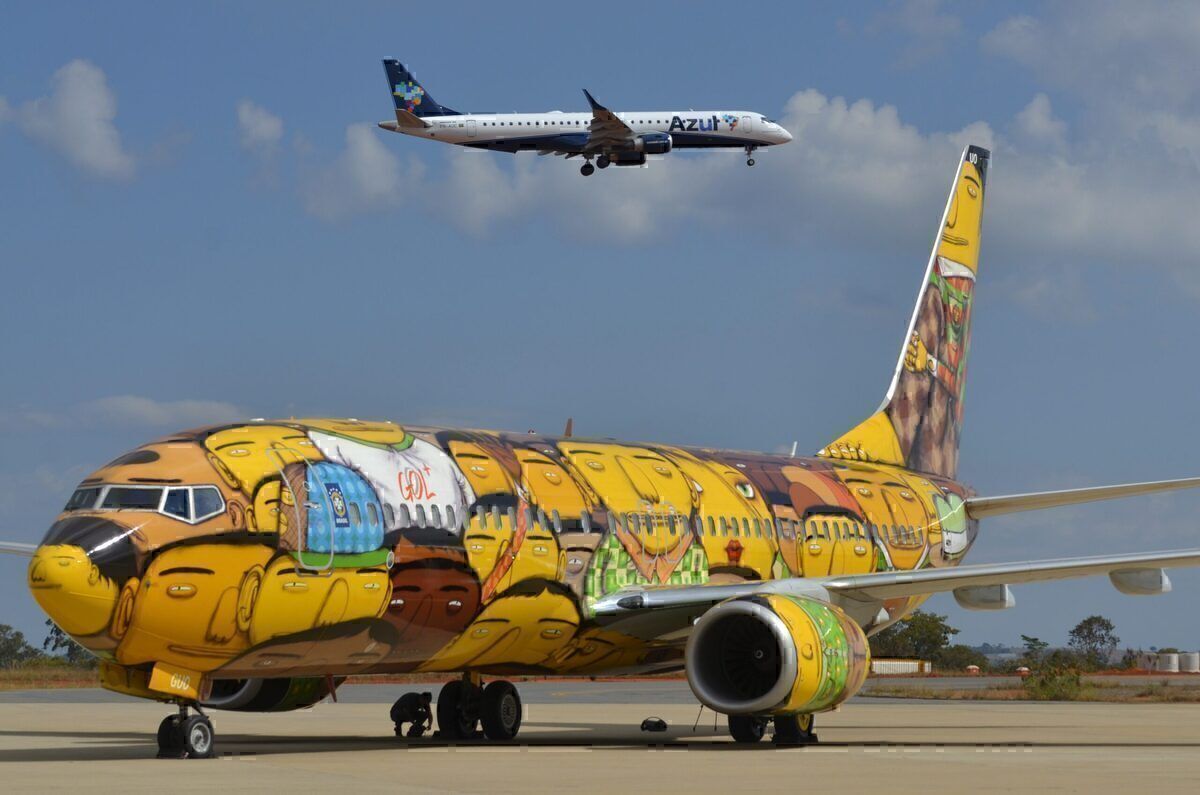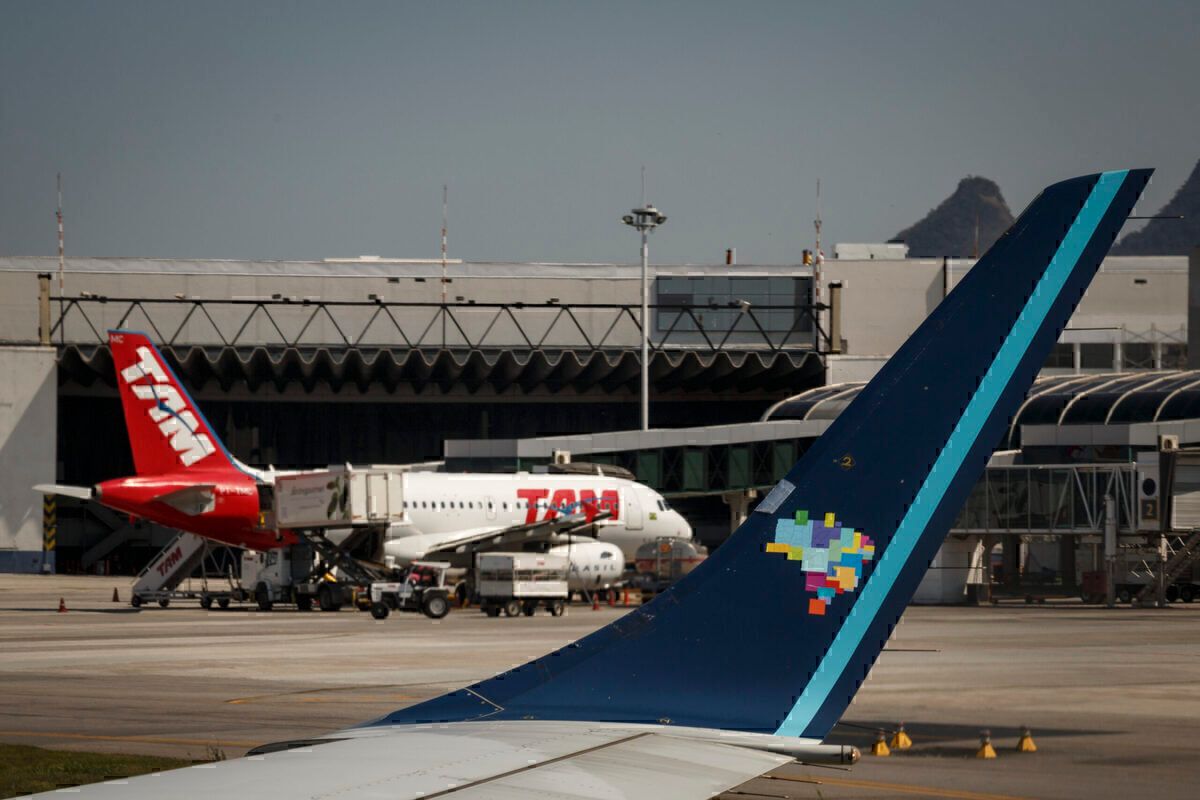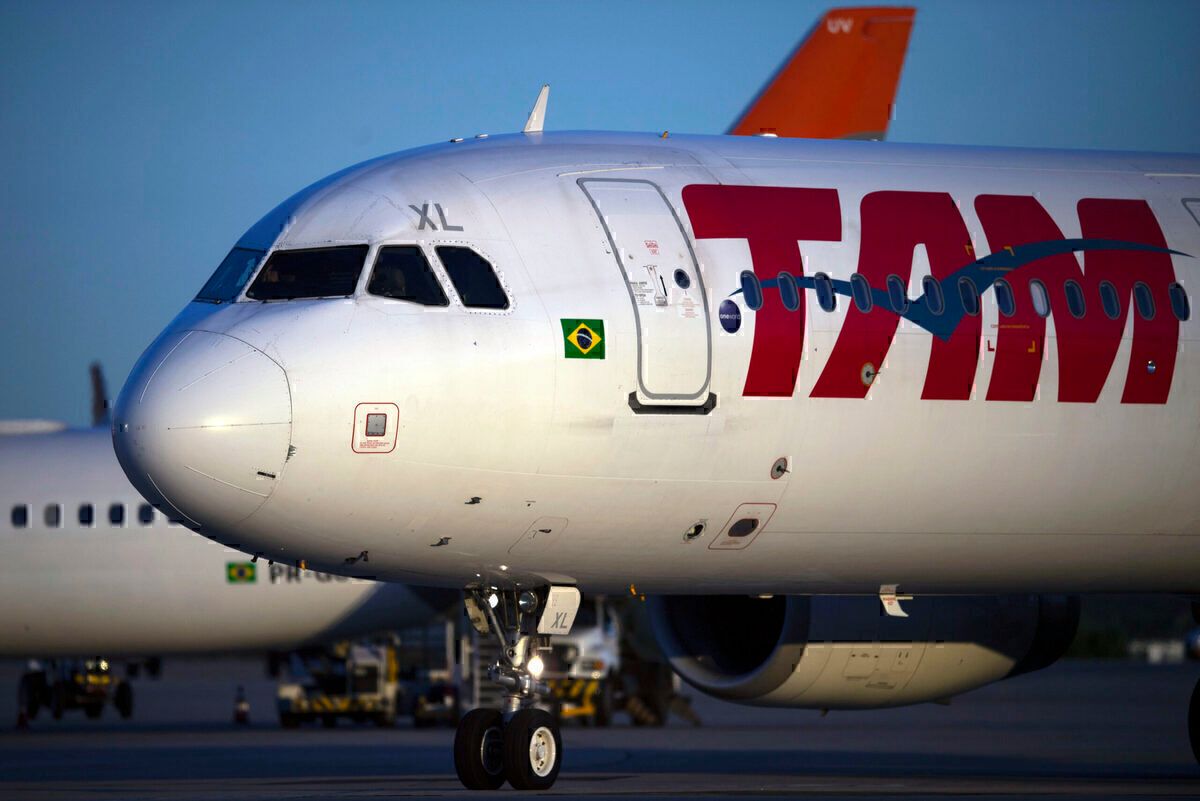Ronei Glanzmann, head of the National Civil Aviation Secretariat of Brazil, recently said that its country would restore 80% of its pre-COVID domestic capacity by December. He added that Brazil is having one of the quickest recoveries worldwide.
Back from the dead
The COVID-19 pandemic struck the hardest on Latin American countries and airlines between April and May. During those months, Brazil went from having 2,500 daily flights to just 200, said Glanzmann. Now, with December knocking up the door, Brazilian airlines are soaring back. As reported by Mercopress, Glanzmann said,
“These numbers are impressive if we look at other countries, mainly in South America and the Caribbean. Some airports must even be working at over 80% capacity, due to its nature as main hubs.”
Moreover, Brazil is entering its summer season, so domestic carriers are adding capacity to match demand. Also, some South American countries are reopening, so there will be an increase in intraregional connectivity.
Brazilian travelers must be taking advantage of the decrease in domestic fares. So far, airlines in Brazil have transported 34.7 million domestic passengers, according to the government stats.
Will Brazil recover faster than anyone else?
Recently, Dany Oliveira, who leads the International Air Transport Association (IATA) in Brazil, said that the South American giant would be among the first to recover from the COVID-19 crisis. He said,
“We understand that the domestic Brazilian market is close to reaching the pre-pandemic levels. That means that we will have 2019 levels in March or April.”
Meanwhile, the international market could return to its previous levels in 2022. However, the international recovery is bounded to other’s countries’ restrictions and the distribution of a COVID-19 vaccine.
So far, the international airlines operating in Brazil have transported 6.09 million passengers. LATAM Brazil is the largest operator with 1.3 million passengers, followed by GOL, TAP Portugal, and Azul. In comparison, the airlines transported 20.27 million passengers between January and October 2019. That’s a 70% decrease.
Despite these abysmal numbers, Brazil is poised to have one of the swiftest recoveries in Latin America. Along with Mexico, the Latin American superpower will recover its pre-pandemic levels faster.
How is each airline doing at the moment?
So far, each of the main three Latin American carriers has had a different approach to the COVID-19 pandemic. For instance, GOL doesn’t expect to fly internationally until March of 2021. GOL is focusing its efforts on the domestic market. It is also reducing its fleet by releasing its older planes while it prepares for operating the Boeing 737 MAX in the near future.
Meanwhile, LATAM Airlines Group continues with its Chapter 11 reorganization. Currently, the airline operates at a 33% capacity compared to last year. More than half of that capacity is being fueled by the Brazilian domestic market, said the airline in a statement.
Finally, Azul Linhas Aereas recently concluded a public offering to increase its cash reserves to US$737 million. The low-cost carrier says it can survive five years at the current cash burn levels with these reserves. Moreover, financially Azul could be the healthiest airline of the bunch. Azul expects to operate 97% of its network by December.
Are you planning to travel soon to Brazil? Let us know in the comments.



